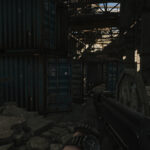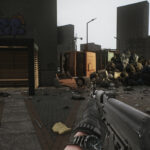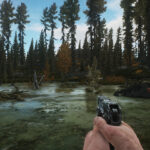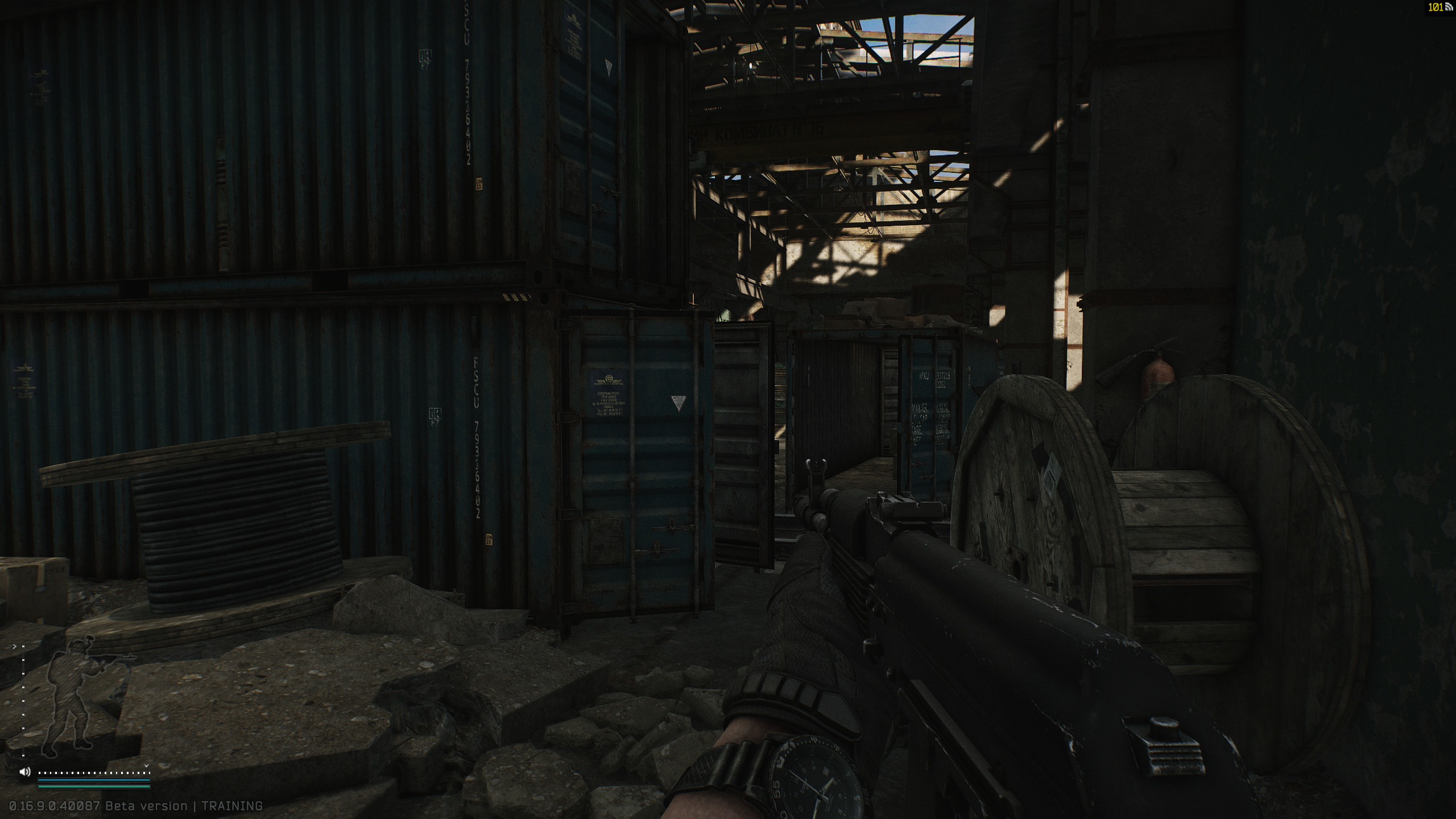Escape From Tarkov’s economy is one of the most dynamic systems in any FPS game. Driven entirely by player interaction, supply and demand fluctuate daily as new patches, wipes, and trader changes reshape the market. The Flea Market, introduced to give players freedom of trade, has evolved into the beating heart of Tarkov’s economy—changing not only prices but how players think, farm, and survive.
This article explores how the Flea Market transformed Tarkov’s gameplay, influencing everything from player psychology to long-term progression in 2025.
The Birth of the Flea Market
Before the Flea Market, Tarkov’s economy was entirely controlled by traders. Prices were fixed, progression was linear, and player interaction was minimal. The Flea Market changed everything by introducing a true player-driven system. Suddenly, every item had real value, and profits depended on timing, scarcity, and awareness.
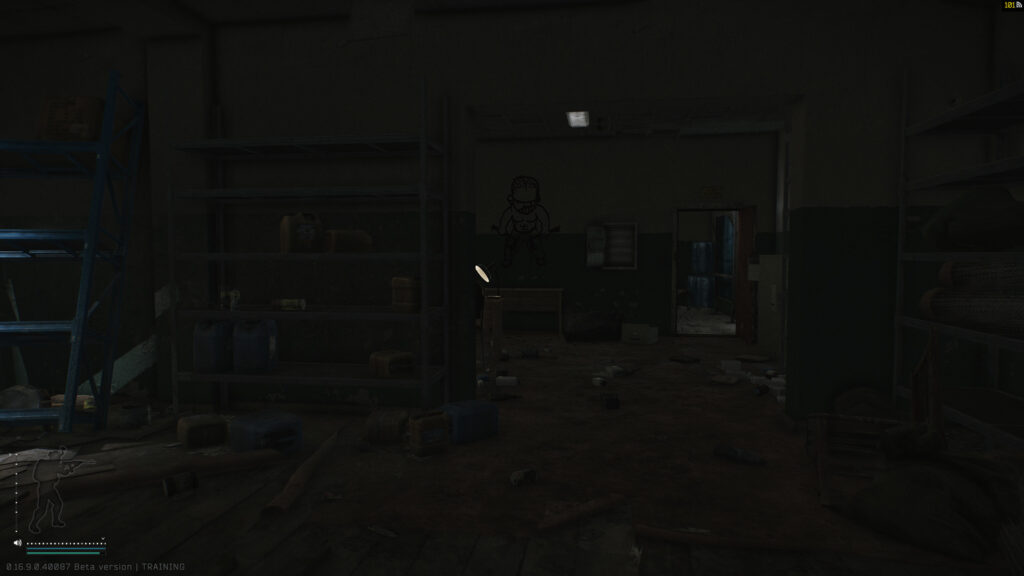
This shift gave players unprecedented control over their wealth but also introduced volatility and new strategies for making money.
Player Behavior and Market Psychology
With freedom came greed, speculation, and market manipulation. Players began hoarding rare items before patches, flipping loot for massive profits, and exploiting price trends. The Flea Market encouraged economic creativity, rewarding knowledge and patience over raw combat skill. It turned scavengers into entrepreneurs and raid loot into investments.
The rush to exploit market windows also intensified competition, making traders and loot routes more relevant than ever.
Economic Meta Across Wipes
Every wipe resets the economy, reshaping what items are valuable. Early wipes favor crafting materials, meds, and fuel, while mid- to late-wipe markets revolve around ammo, armor, and weapon parts. This cyclical nature keeps the Flea Market fresh, encouraging players to adapt to new metas and patch changes.
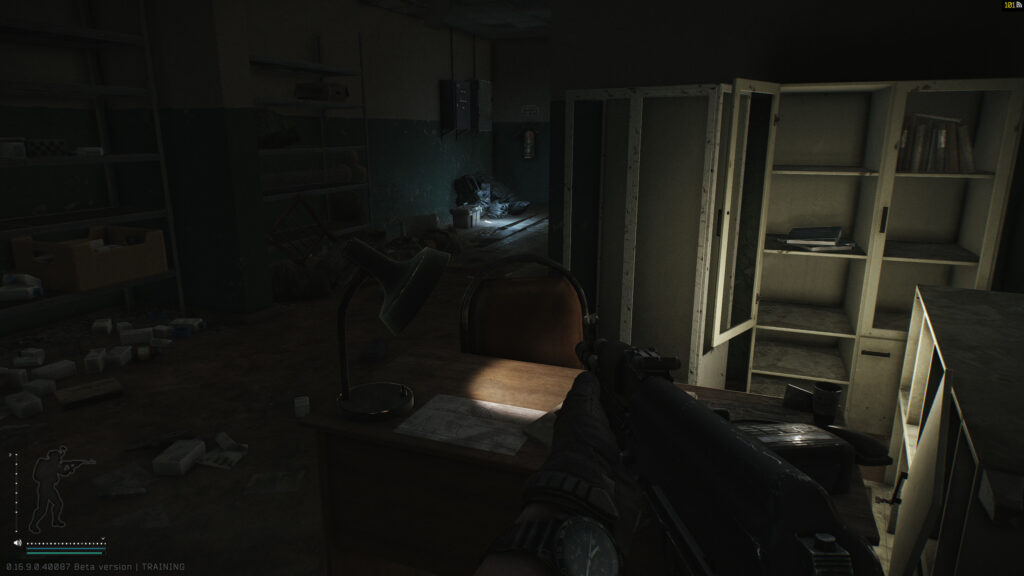
Tracking these trends gives savvy players an edge, turning even casual trading into consistent income.
The Social Impact of the Market
The Flea Market also changed how players interact socially. Clan members now share investment tips, players monitor Discord servers for price movements, and community-driven data sites analyze trends daily. Tarkov’s market is no longer just a game system—it’s a community-driven economy that mirrors real-world financial behavior.
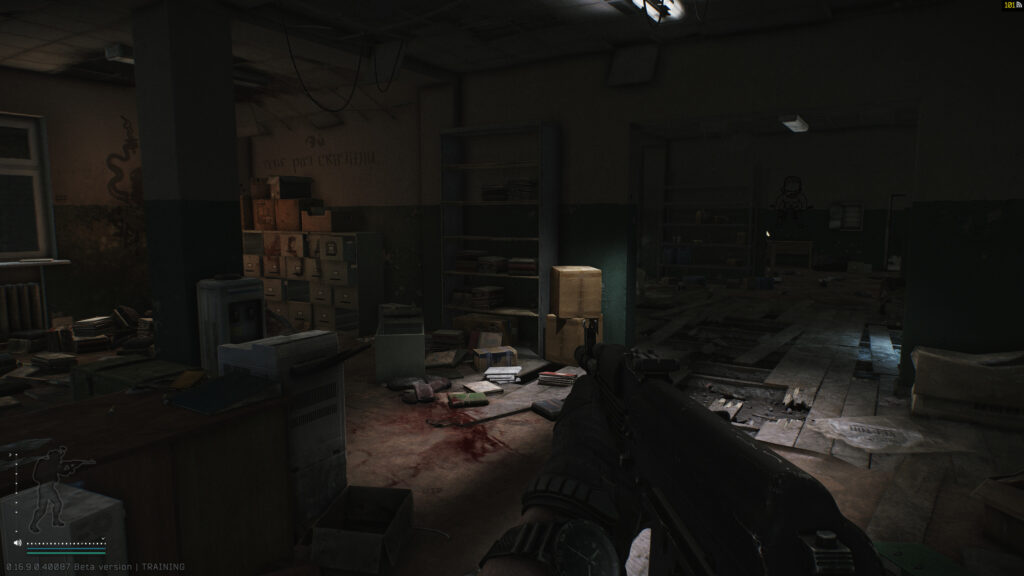
For many, mastering the market is as rewarding as surviving raids.
Flea Market Effects Overview
The table below summarizes the Flea Market’s impact on player behavior and the overall Tarkov experience:
| Aspect | Impact | Result |
|---|---|---|
| Player Economy | Dynamic pricing and trading | Encourages adaptation and planning |
| Loot Value | Constantly changing item worth | Keeps raids unpredictable |
| Social Interaction | Community-driven markets | Shared data and cooperation |
| Risk Behavior | Encourages hoarding and flipping | Increases economic complexity |
Conclusion
The Flea Market revolutionized Tarkov’s economy, transforming it from a static system into a living, breathing network of supply and demand. It changed how players think about loot, risk, and value, turning raids into economic ventures. In 2025, understanding the Flea Market isn’t optional—it’s essential. Those who read the market as well as they read the map will always stay one step ahead.
In Tarkov, knowledge isn’t just power—it’s profit.


